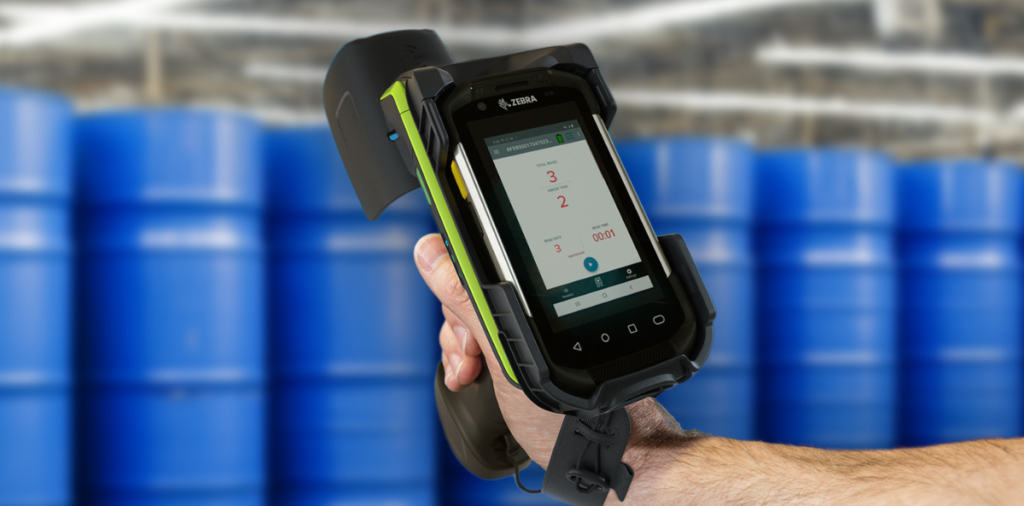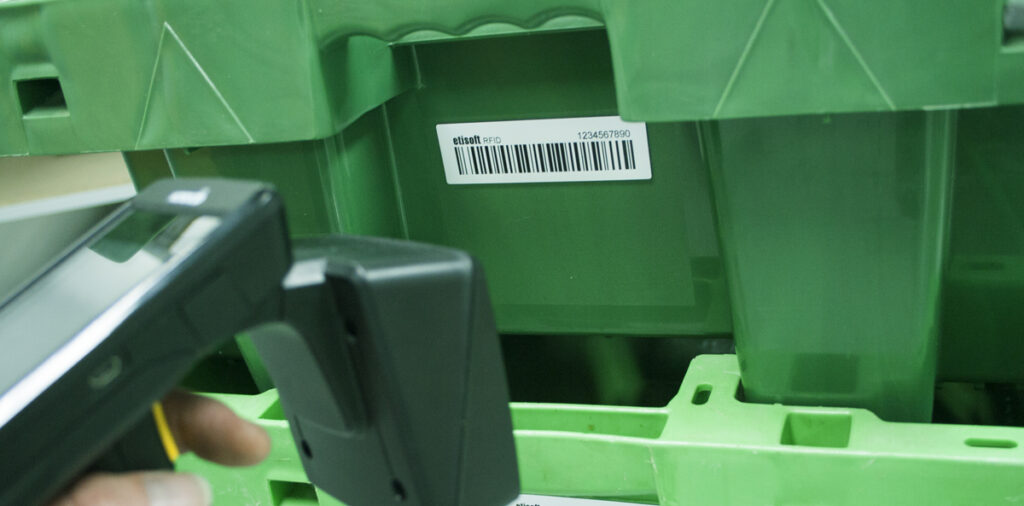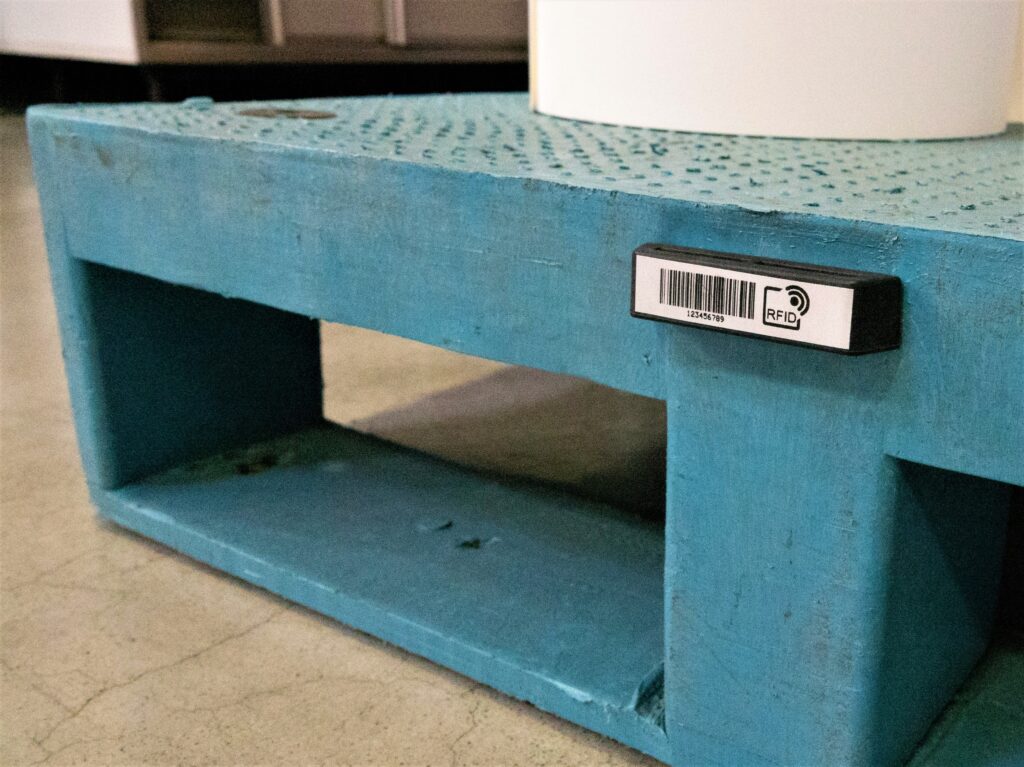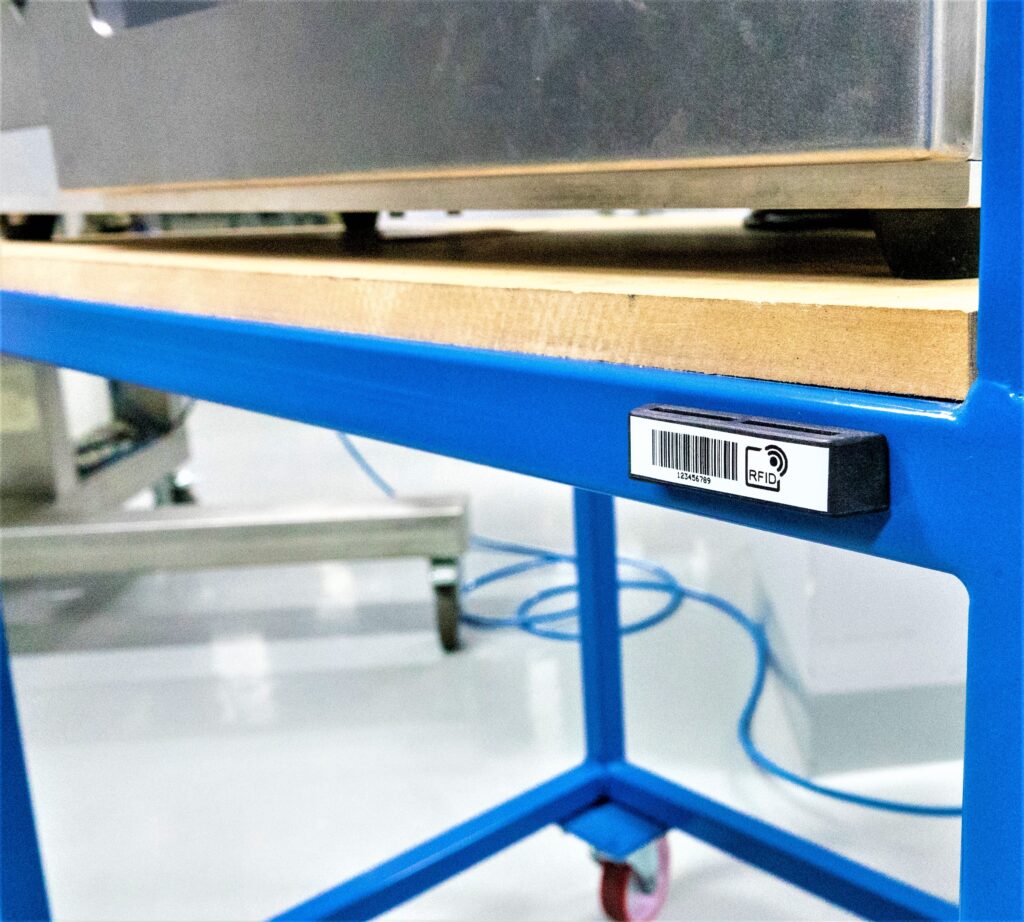
How RFID solutions support RTI (Returnable Transport Items) management
Today there is no need to convince anyone how well RFID (Radio-Frequency Identification) works in managing returnable transport items, which are essential for the efficiency and effectiveness of logistics and operational processes in virtually any industry.
Managing returnable transport items: RFID solutions – applications and benefits
It is sufficient to mention just a few commonly known ones:
Tracking and locating transport items
RFID technology makes it possible to accurately track any transport item fitted with an RFID tag. This means you can fully control the location of each RTI in real time.

What we are talking about here is both RTI management through monitoring transport items in logistics processes and the rapid execution of inventory in selected areas.
Thus, it is possible to avoid lost items and control the circulation of containers. It is particularly important in the case of expensive RTIs such as:
- Wooden and plastic pallets
- Transport crates
- Trays for transporting components
- Warehouse trolleys
- Containers for transporting food products
- Containers for industrial chemicals
With proper management and control of container locations, you minimize the need to purchase new, excess packaging, effectively utilizing the packaging you already have.

Automatic RTI identification and registration:
RFID technology makes it possible to manage returnable items by automatically identifying containers as they are received and issued. There is then no need to manually scan bar codes or use other methods.

This makes RTI receipt and issue processes significantly faster and more efficient.
It is also possible to verify the correct shipment picking, or the right routing of shipments to the recipient This helps to avoid incorrect or incomplete deliveries.
RFID basics, or rather facts and myths about RFID
Also, you should not forget about the minimization of human errors related to manual data entry.
Optimizing the life cycle of returnable items
RFID makes it possible to monitor the use of each RTI. Based on RFID tag monitoring data, it is possible to schedule maintenance, repairs, and replacement of transport items at the right time. This contributes to prolonging their usefulness, and therefore the need to purchase additional ones.
Selecting solutions for managing returnable transport items
When it comes to managing RTIs, proper RFID tags play a vital role in the effective and accurate monitoring and management of the RTI life cycle. Choosing the right RFID labels for RTIs is extremely important due to the variety of conditions the transport items are exposed to. Below are the key issues to take into consideration when searching for RFID labels for returnable transport items.
Environmental resistance
In many cases, RFID labels for RTIs must be resistant to extreme weather conditions such as humidity, low and high temperature, and chemical substances used, for example, in cleaning processes. The materials from which the labels are made should be tailored to the specific environment in which the transport items are used.
Durability and mechanical damage resistance

Due to the repeated use of containers, RFID tags must be durable and resistant to mechanical damage. Label materials should also be resistant to scratches, abrasion, impact, and UV.
Adjustments to the type of container
Depending on the type of container and the material from which it has been made (e.g., plastic, metal, wood), an RFID tag should be carefully selected. In the case of self-adhesive labels, it is essential to choose not only the material from which the label is made. Selecting an appropriate adhesive layer dedicated to a specific container surface is also, and perhaps even above all, significant.
In cases where self-adhesive labels cannot be used, adhesive-free solutions, both in the form of labels and permanent tags, are also available.
Read range
The selection of the right type of RFID tags should take into account the required read range. In the case of RTIs, where monitoring can occur at different logistics stages, it is particularly important to select the right tags. This will allow all tracking processes to be conducted efficiently. It is worth noting that the size of the tag and its location can often be a limitation. This may, in turn, translate into a reduced read range.
Data encoding
The correct encoding of RFID labels ensures that each returnable transport item is clearly identified. The RFID label encoding (and frequently also printing) process can be carried out at the customer’s premises. However, it is worth knowing that it is frequently possible to order already customized labels from the supplier as well. Customization is then conducted based on databases sent by the client in accordance with the provided encoding specification. It can be compliant with the GS1 standard, or, for example, the standards VDA 4902, 4994, and 5501 of the German Association of the Automotive Industry.
Summary
RFID technology is the key to improving returnable transport item management, improving operational efficiency, and cutting the costs associated with loss, mismanagement, and inefficient RTI logistics. When choosing this technology, it is necessary to pay attention not only to the efficiency of the processes RFID is supposed to support but also to the best possible selection of the tags themselves, which will play a vital role in the above-mentioned processes.
